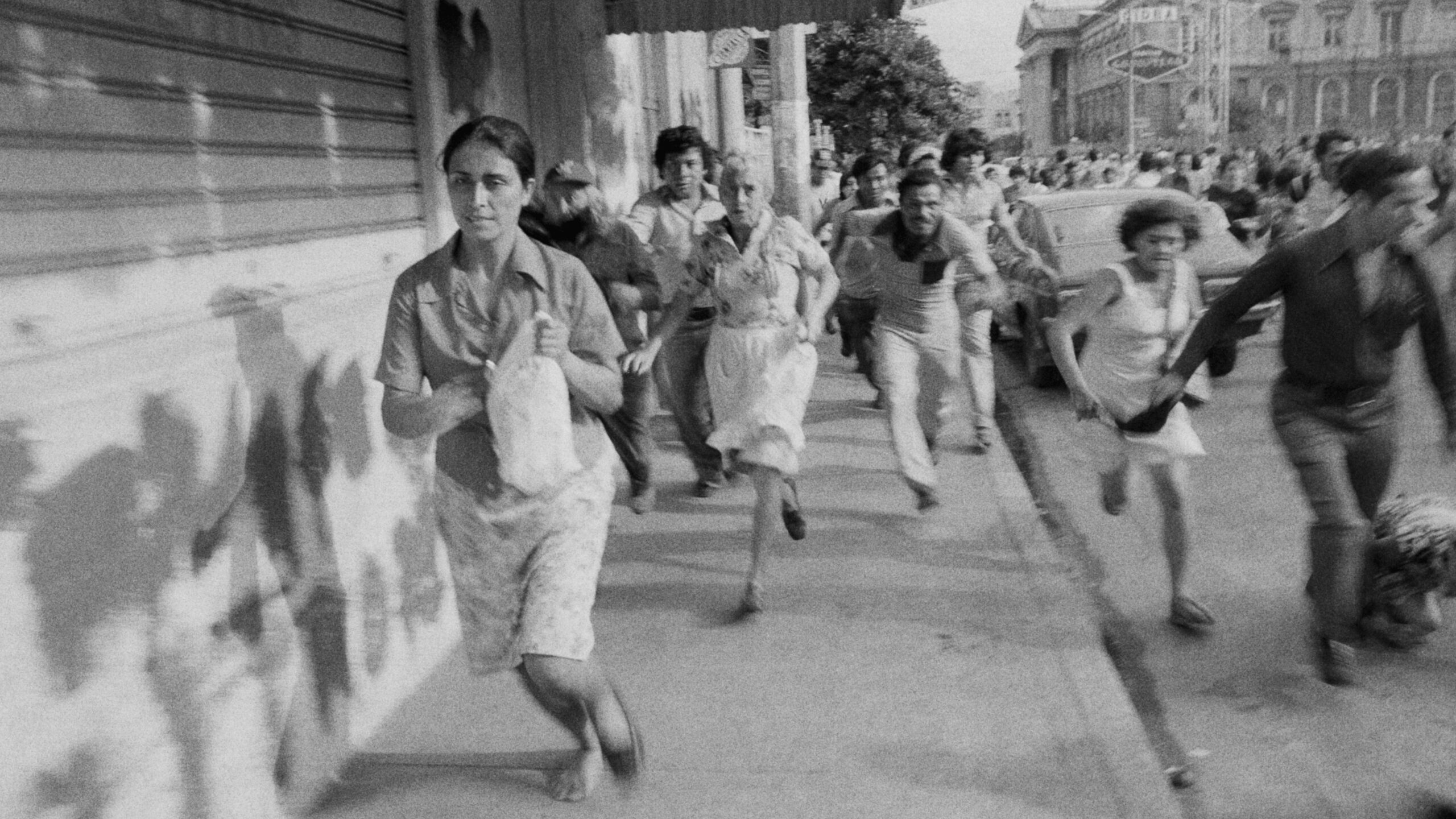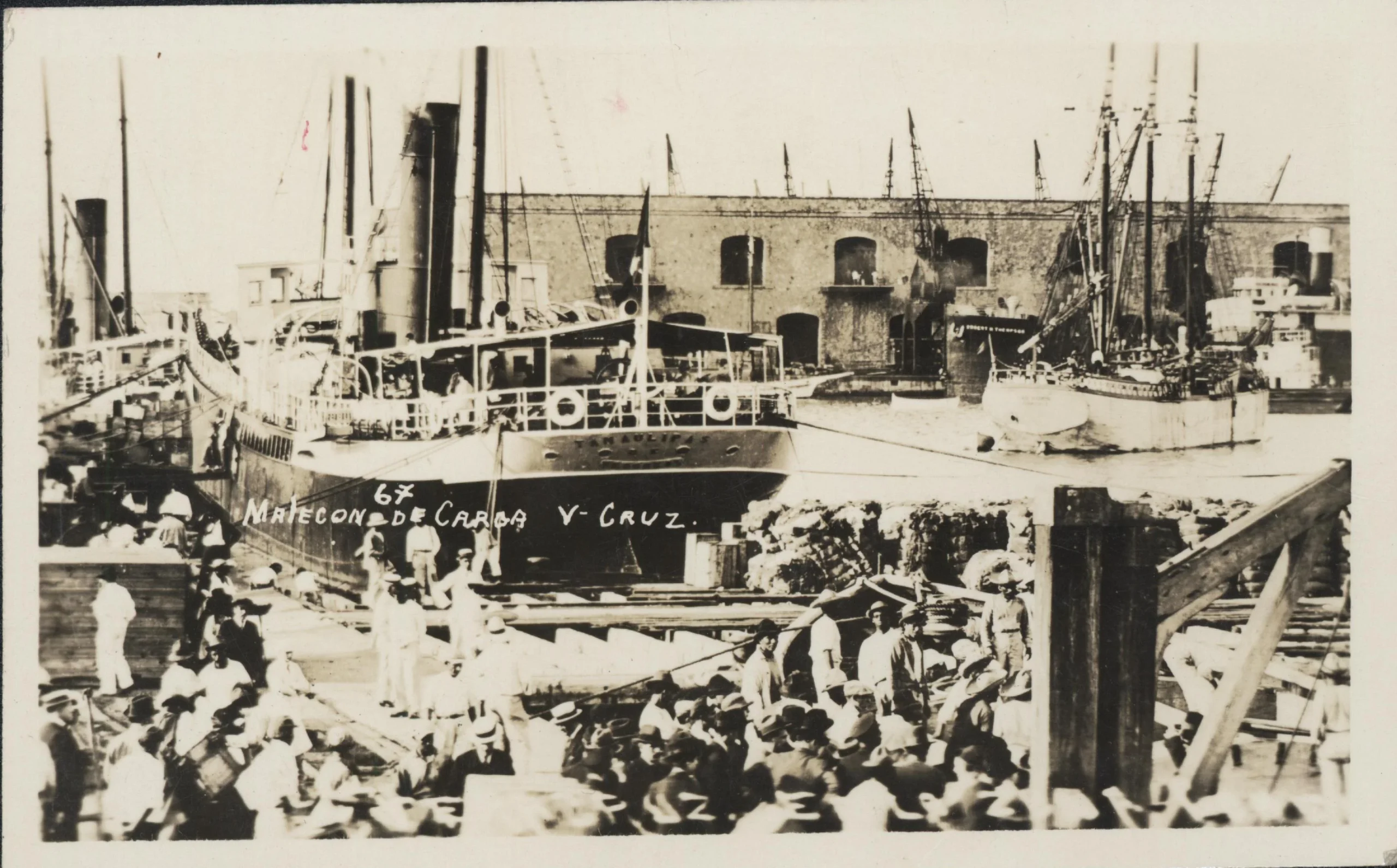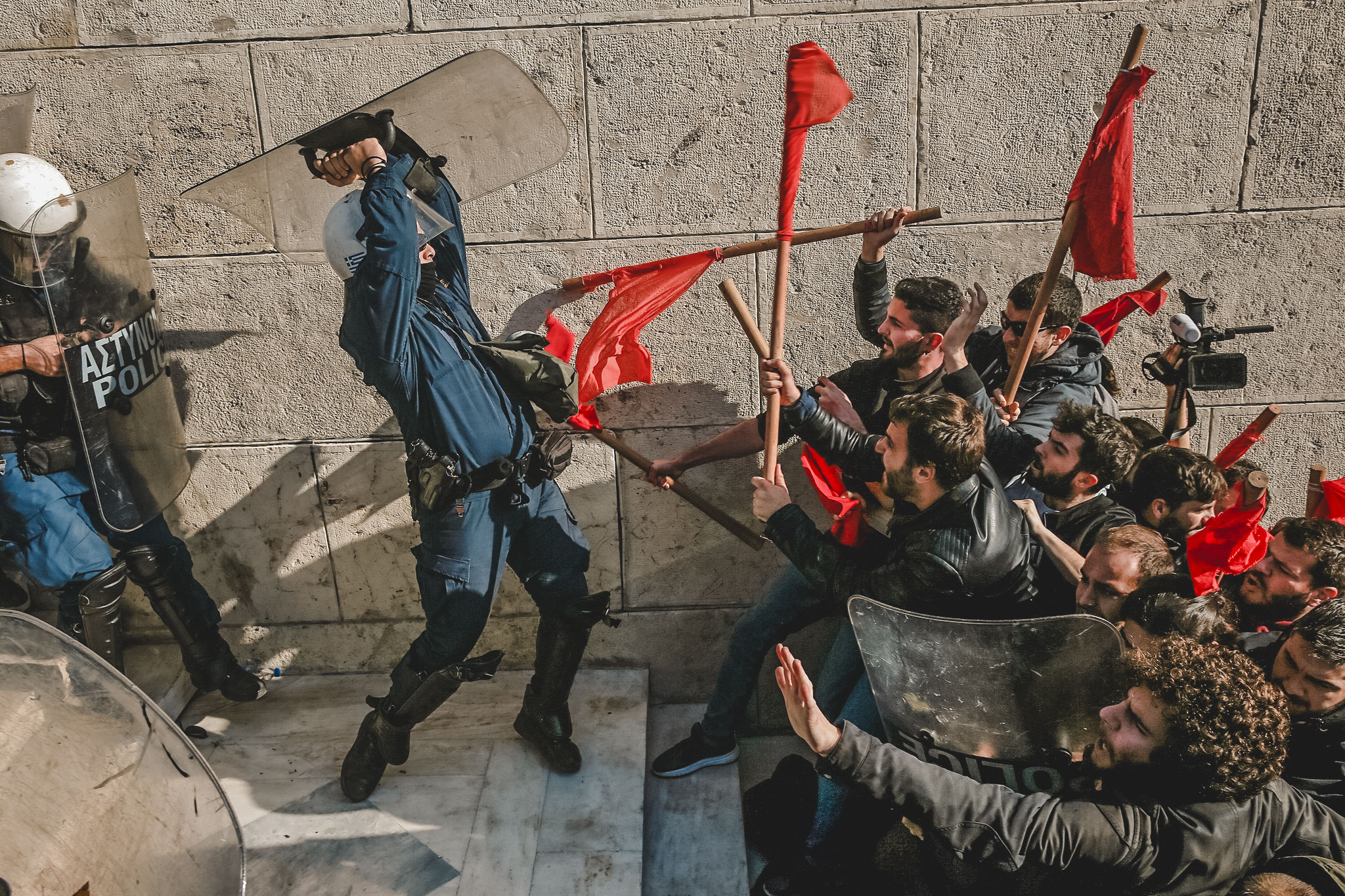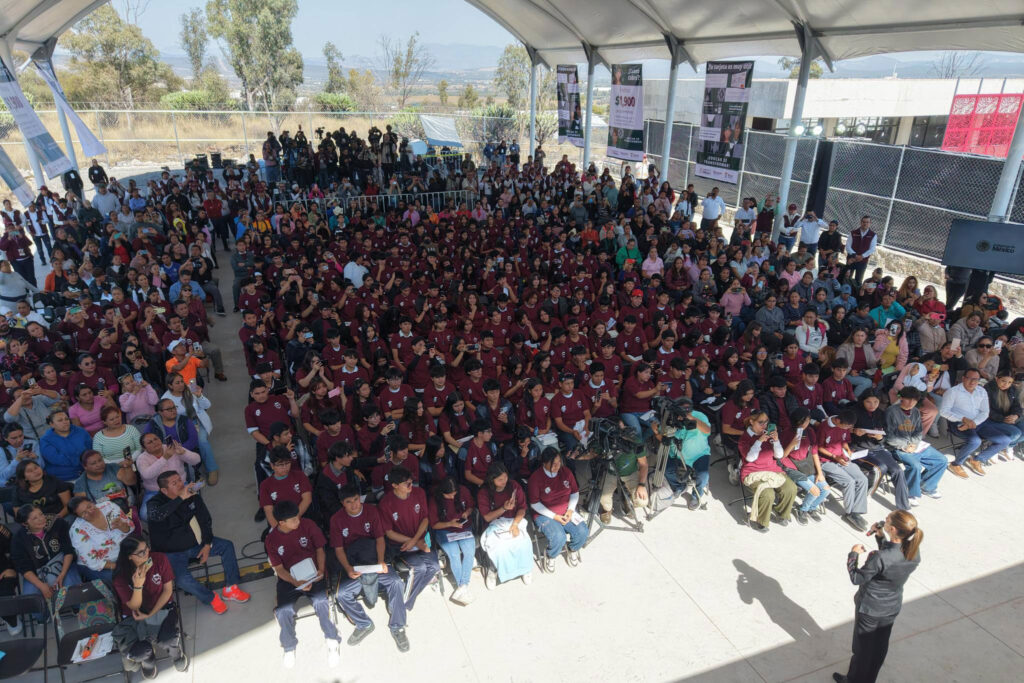Delivering the Goods… Or Not.
I couldn’t believe my downstairs neighbors. Every day, I’d trip over giant packages from Amazon on our doorstep. After Amazon bought the Whole Foods grocery chain, besides the usual junk we all buy, my neighbors were also ordering their groceries.
I grew up in Ann Arbor, Michigan, where the first Domino’s Pizza opened; it was an event to walk over and stand in line. Now you can get it delivered in Mexico City, Cozumel, Asia and the Middle East! Just click the app, and presto, you’re munching pizza in half an hour, guaranteed.
The goods we buy online are loaded on planes and ships and transported to ports all over the world. They’re then delivered to warehouses. Workers pack them up to fill our orders, and other workers drive them to your city. Pizzas often come by bike.
The race is on to get more and more stuff to you in shorter and shorter amounts of time. The result? The US Bureau of Labor Statistics reported that the fatality rate for “driver/sales workers,” including delivery, was higher in 2022 than for police officers and firefighters.
Dockworkers and truckers have been unionized; warehouse and app workers have not. But with their numbers growing astronomically and their working conditions deplorable, these workers in both Mexico and the US are growing restless! Gilberto Garcia in today’s interview highlights the strategic possibilities of organizing in the distribution sector.
What if dockworkers refused to load ships? What if warehouse workers stopped packing orders? What if no pizza, working mom?! What if workers organized across the entire supply chain?
The world of commerce spins like a wheel of fortune. These workers hold the stick they can poke in the cogs and stop the world from spinning.
A union stalwart and expert on global supply chains, Gilberto García has organized workers in several countries. Now based in Mexico, as the coordinator for union support activities of the International Transport Workers’ Federation, he provides advice and support for various independent union organizing efforts, particularly in the transportation and distribution sector.
How did you become a union organizer and socialist? Which came first?
Both my parents come from families of political and social activists in my native country, El Salvador. In the 1960s, my mother helped found the main teachers’ union — from a young age I remember hearing that I was born in a hospital because, during the strike, the teachers won medical services. Because of El Salvador’s political situation, mine is a family of migrants; I have relatives all over the world, and I myself am a migrant, so I understand the movement of peoples.
In high school, as students, we opposed forced recruitment into the army during the 1980s civil war. It was unions that helped us organize. So union organizing and socialism were never separate things for me.

In 2007, after other organizing work, I came to Mexico to support a campaign by the Telefonista union to organize call center workers.
I was the International Union League for Brand Responsibility‘s staff representative for the Central American and Mexican sector, where I organized garment workers who sew for major brands. That experience has been enriching — I’ve learned about the power of workers acting across borders against large corporations.
After 2018, I recognized that Mexico’s new progressive government presented a historic moment of opportunity, and I wanted to be part of its transformation. I’m interested in the movement of goods across the globe, and many multinational companies are here — from the United States, China, Germany, Japan, Korea, Canada… With the 2019 labor reform in a country as influential as Mexico, I believed that the democratic organization of Mexican workers could positively influence the labor movement throughout Latin America.
Trade has always been global. Has the way goods are transported changed and grown in recent decades?
The critical role of global trade flows — supply chains — became clear during the pandemic, when border closures forced many companies to shut down. Since the 1990s and the era of free trade agreements, companies more than ever need smoothly operating supply chains.
While in the past capital accumulation mainly focused on production, today it’s dependent on global distribution. For example, the warehouses of Walmart, Mercado Libre and others are critical to how food gets from the point of production to the consumer.
Similarly, we’ve tracked European auto parts through the port of Veracruz to car factories as far apart as Toluca, Saltillo and Detroit.

Are there specific places in the supply chain where workers could disrupt the entire industry?
The expansion of the distribution sector is also territorial; it has developed strategic zones. In the 1960s, when Ford established its first plant in Cuahutitlán, it led to the industrialization of the entire northern Mexico City area. Ford established plants in various places, with other major automakers following their lead — all automotive production is now centered in the central Bajío region — Guanajuato, San Luis Potosí, and others.
But in terms of distribution, Mexico City’s northern zone has become a major center. Products arrive and depart from the ports of Veracruz and even Lázaro Cárdenas, and by air, from the new Felipe Ángeles International Airport. Products are concentrated in these warehouses, about 45 kilometers north of Mexico City. It’s a very strategic area.
These distribution centers, the next step in the supply chain, now require new kinds of workers — warehouse workers. Think of Walmart — it’s a whale dragging medium and small fish in its wake; behind it are other fish such as Amazon, Mercado Libre and so on. A small city called Teoloyúcan is now called Walmart City — the warehouse is as big as the entire city. The number of these jobs has skyrocketed.

Then there are those who do the final deliveries, mostly app workers. In Mexico, the new National Union of App Workers (UNTA) has a great opportunity to grow. A newly won law recognizes app workers not as individual contractors but as employees with labor rights and social security benefits. This counters the growing “uberization” of freight transport. In Mexico, probably about ten large transportation companies carry product components, including auto parts, from warehouses to assembly lines. While they own their own fleet of trucks, some products are seasonal, and for flexibility, they hire individual drivers.
Previously, production workers have almost exclusively held the structural power in organized labor. That’s changed — capital accumulation requires logistics workers to complete its cycle: warehouse workers, truck drivers, delivery drivers.
Factory workers are still critical, of course, but increasingly essential are those who deliver products to an assembly line or to your door in the “last mile.” In my opinion, our strategy must be to organize the entire supply chain at the same time; it cannot be store by store or factory by factory.
You coordinate union strengthening activities for the ITF, the International Transport Workers’ Federation. Who are your members and what are your objectives?
The ITF was formed in 1898! Its members, particularly dockworkers and maritime workers, used their strategic location in radical ways. For example, in the mid-20th century, the US International Longshoremen’s and Warehouse Workers Union, with its history of communist leadership, refused to handle South African goods in solidarity with the anti-apartheid movement.Transport unions, due to their strategic importance, have suffered severe repression. For example, in 2004, Gilberto Soto of the New Jersey Teamsters was assassinated while organizing workers in El Salvador. In 2007, also assassinated was Pedro Zamora, secretary of the Guatemalan port workers’ union.

Today in Mexico, the ITF has 11 affiliated unions, mainly in aviation and maritime — pilots, air traffic controllers, engineers, ship captains, dockworkers and bus, train and subway driver unions. The newest ones to join are UNTA for app workers and SITRABICS for long-distance cross-border truckers. They are both independent and democratic organizations.
Warehouse organizing, such as at Amazon, is more advanced in the United States. In Mexico, we’re still just talking about it. Mexican warehouse workers’ unions are often disorganized, having to focus on survival in very depressed areas, or controlled by undemocratic employer protection unions that negotiate agreements advantageous to the employer, without the workers’ knowledge.
But something interesting is happening in warehouses: the workforce is mainly composed of women and young workers, who don’t connect with the old style of unionism. I believe they are inclined toward a more activist and democratic style of organization, and I believe that is cause for hope.
Though our efforts are still in their infancy and weak, in 2026, the ITF plans to launch a global campaign to organize, strengthen and transform this critical sector, bringing together logistics workers from the food, clothing, automotive and other sectors. These workers possess enormous structural power — they have the potential to paralyze global trade.
-
The Poor as Instruments, Not Allies
Welfare programs with political aims are not the same as forging political alliances with the impoverished population created by voracious neoliberal capitalism.
-
Florida, the Race for the Presidency & Opaque Capital
Contemporary Florida is the distorted and advanced mirror of a new form of global governance, where money laundering has not only been tolerated, but institutionalized & updated for the digital age, fed by a murky river flowing from the Global South.
-
People’s Mañanera December 22
President Sheinbaum’s daily press conference, with comments on economic achievements, Sonora development plan, extortion of immigrants, Baja California Sur dam, water treaty with US, nepotism loopholes, and García Luna.




